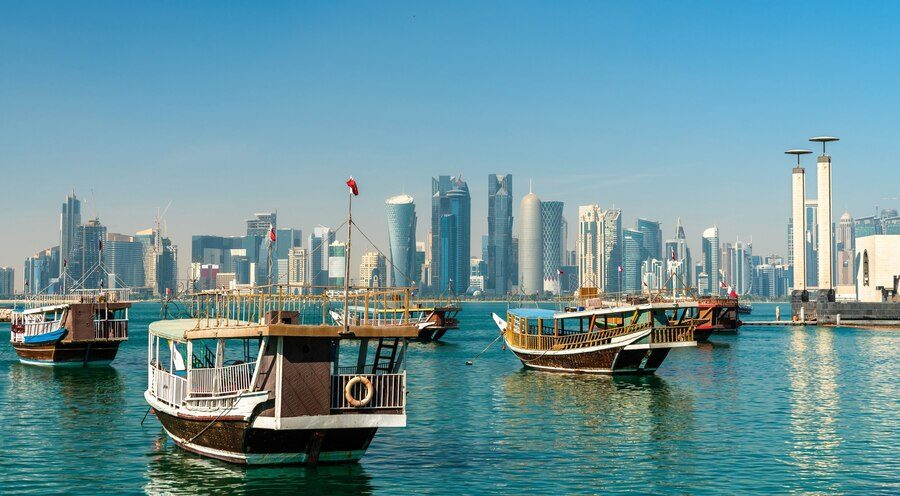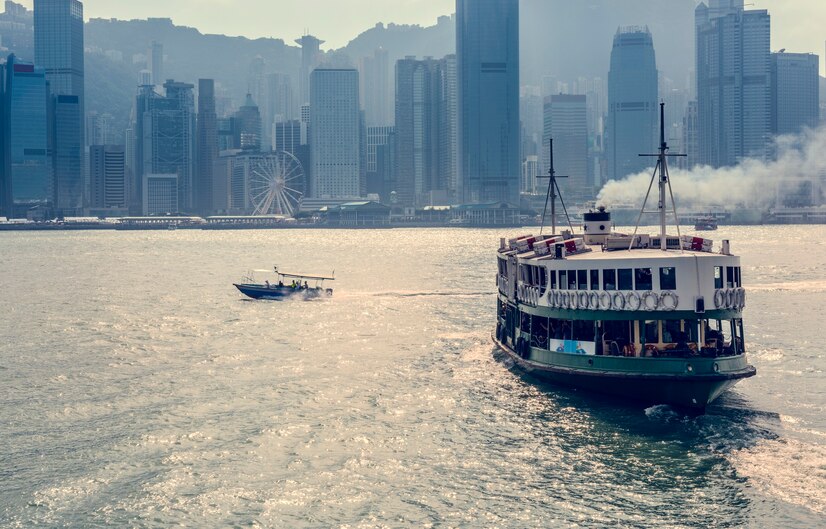Top 10 Business Travel Booking Platforms of 2024
BY Arnab Aug 4, 2023
As a crucial step in corporate travel management, business travel booking impacts both business travel experience and business travel costs. Employees often increase business travel risks and experience stress by booking the wrong travel products. Also, they escalate costs by booking business travel products at market rates. Your company or startup can streamline the cost-intensive process by implementing a business travel booking platform. The self-booking software will allow your employees to book their choice of travel products. At the same time, it will help them save money using deals, offers, and discounts provided by travel suppliers. We are making it easier for you to automate travel booking in 2024 by discussing some of the widely-used online platforms. Overview of 10 Most-Preferred Business Travel Booking Platforms of 2024 1. ITILITE This cloud-based travel management system helps firms automate multiple steps in corporate travel management, including business travel booking. ITILITE's business travel booking platform facilitates self-booking by enabling employees to access an extensive travel inventory customized according to organizational travel policies. In addition to supporting multiple payment options, the software enables employees to book their choice of flights, accommodations, and car rentals in minutes. Also, employees can use the same tool to find the best deals, manage travel bookings, and generate automated expense reports. 2. Corporate Traveler Corporate Traveler simplifies business travel booking by deploying personal travel consultants. Employees can connect with a travel consultant 24 hours a day simply by making a phone call. The consultant helps employees make and refine travel plans. Also, he helps employees remain safe and stress-free by booking the right travel products. However, employees can book their preferred travel products at discounted rates using the self-booking tool provided by this business travel booking platform. 3. TravelPerk This travel management system boosts bookings by increasing the size of travel inventory. Employees can use the self-booking tool provided by TravelPerk to access the extensive travel inventory. Also, they can use the same tool to book their preferred travel products. At the same time, the software helps employees save money on travel booking by getting corporate rates. Also, employees can use the tool to cancel bookings two hours before the schedule by paying 10% as fees. Organizations can leverage the features and tools provided by TravelPerk to automate additional steps in business travel management. 4. Corporate Travel Management (CTM) Corporate Travel Management (CTM) speeds up business travel booking by providing an intuitive self-booking tool. The tool is developed using CTM’s proprietary technologies. CTM further boosts its performance by enabling users to integrate it seamlessly with third-party tools. In addition to allowing employees to access an extensive travel inventory, the tool enables them to complete business travel bookings in minutes. However, CTM, unlike other corporate travel booking platforms, does not help employees to save money while canceling or rescheduling bookings. 5. American Express Global Business Travel (Amex GBT) The platform launched by a multinational financial service corporation comes with a one-stop solution. Employees can use the one-stop solution provided by Amex GBT to plan business trips, book travel products, and generate travel expense reports. While using this online platform, employees can access a large and diverse inventory of travel products. Employers can leverage the straightforward pricing model supported by this platform to enable employees to book travel products at negotiated rates. 6. Paxes This online platform streamlines corporate travel management using artificial intelligence (AI) technologies. It enhances travel choices and booking options by partnering with over 250 travel management companies. The self-booking tool provided by Paxes helps employees compare and book travel products in minutes. At the same time, employees can use the tool to book flights, hotels, and other travel products at discounted rates. Also, they can change bookings and manage itineraries using the software as a mobile app. Paxes helps employees manage travel challenges by sending real-time alerts. 7. Egencia This modern travel management platform meets the varying needs of enterprises by providing a slew of tools. Egencia simplifies business travel bookings by providing an easy-to-use online tool. The tool speeds up travel booking by synchronizing traveler data across devices. At the same time, it helps employees book their preferred travel products by accessing an extensive travel inventory. The exclusive rates provided by Egencia make it easier for employees to save money on business travel booking. 8. Concur Travel SAP Concur helps enterprises streamline corporate travel management by providing several online tools. Employees can use the online booking tool provided by this platform to book flights, rails, hotels, cars, and other business travel products in minutes. The tool enables them to book their choice of travel products. Also, it consolidates the booking data using a dashboard. The dashboard makes it easier for business travelers to access the relevant information on the go by accessing Concur Travel on mobile devices. 9. TripCase Unlike other corporate travel booking platforms, TripCase does not help employees book business trips. Instead, the mobile app focuses on helping employees manage and organize business trips. Employees can use the app to gather information about various travel brands. Also, they can use the mobile platform to access relevant itinerary information in seconds. The mobile alerts sent by TripCase help them manage itinerary changes and common travel risks like flight cancellations and delays. 10. Airbnb for Work Unlike older employees, millennial employees prefer homestays to hotels to experience the local culture and spend time with local people. The surge in demand for homestays led to the emergence of Airbnb for Work as a leading business travel booking platform. Airbnb for Work helps employees choose and book homestays and boutiques based on ratings and reviews of prior guests. Also, it enables them to make payments using a secure payment system. However, employees cannot use this platform to book flights, car rentals, and other essential business travel products. Conclusion While automating business travel booking in 2024, you have the option to choose from many digital services and online tools. But you can increase the ROI of business travel by prioritizing travel management software over travel booking platforms. In addition to facilitating self-booking, the software will help your firm streamline important steps in corporate travel management, like travel expense management and travel data management. Also, you can reduce the average business trip costs by implementing software provided by a travel management company. Read Also: How To Save Money On A Trip To Abu Dhabi 7 Tips To Make The Most Out Of Your Trip To Gatlinburg How To Use Videos To Drive Conversions In Travel Business















